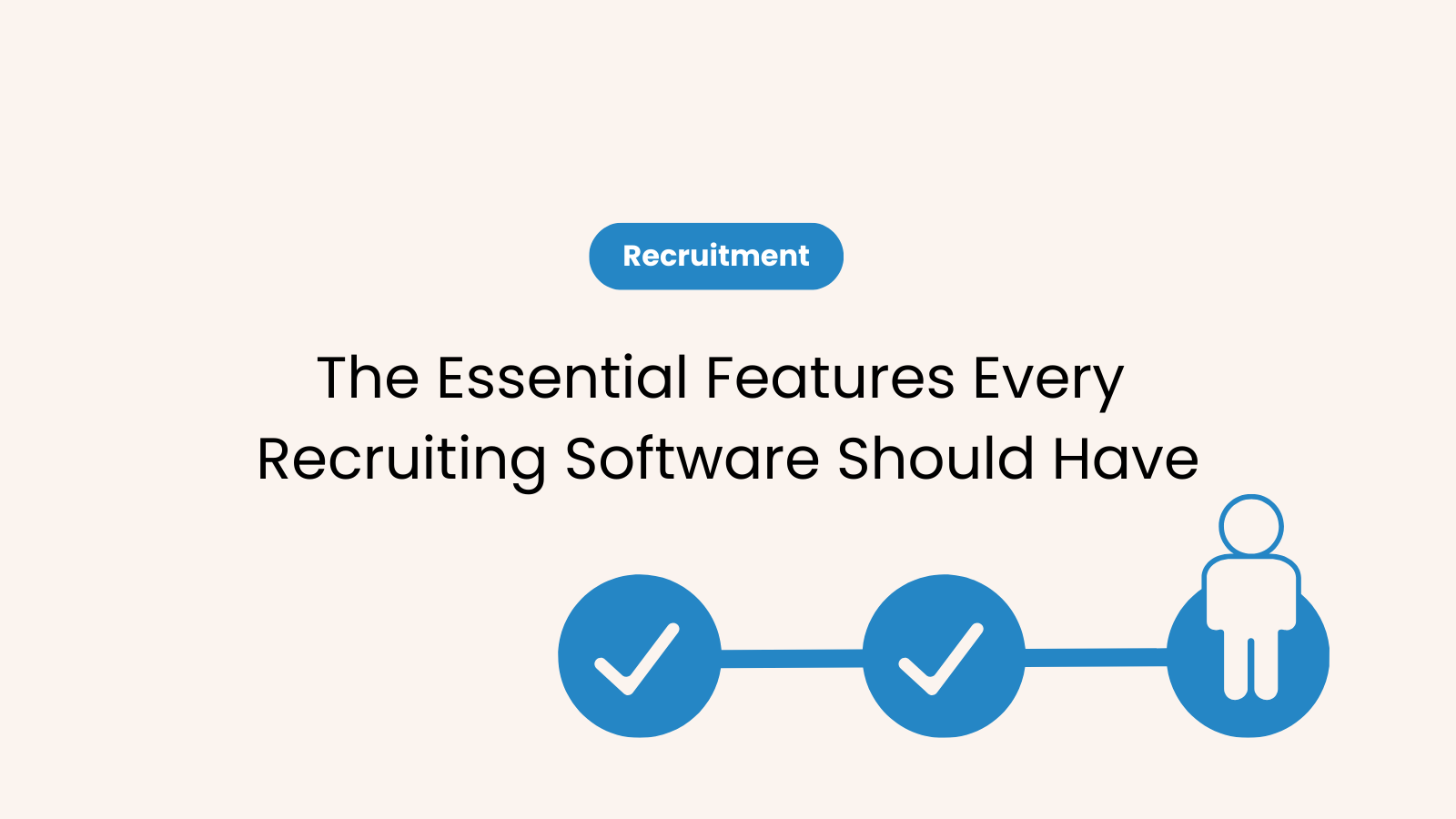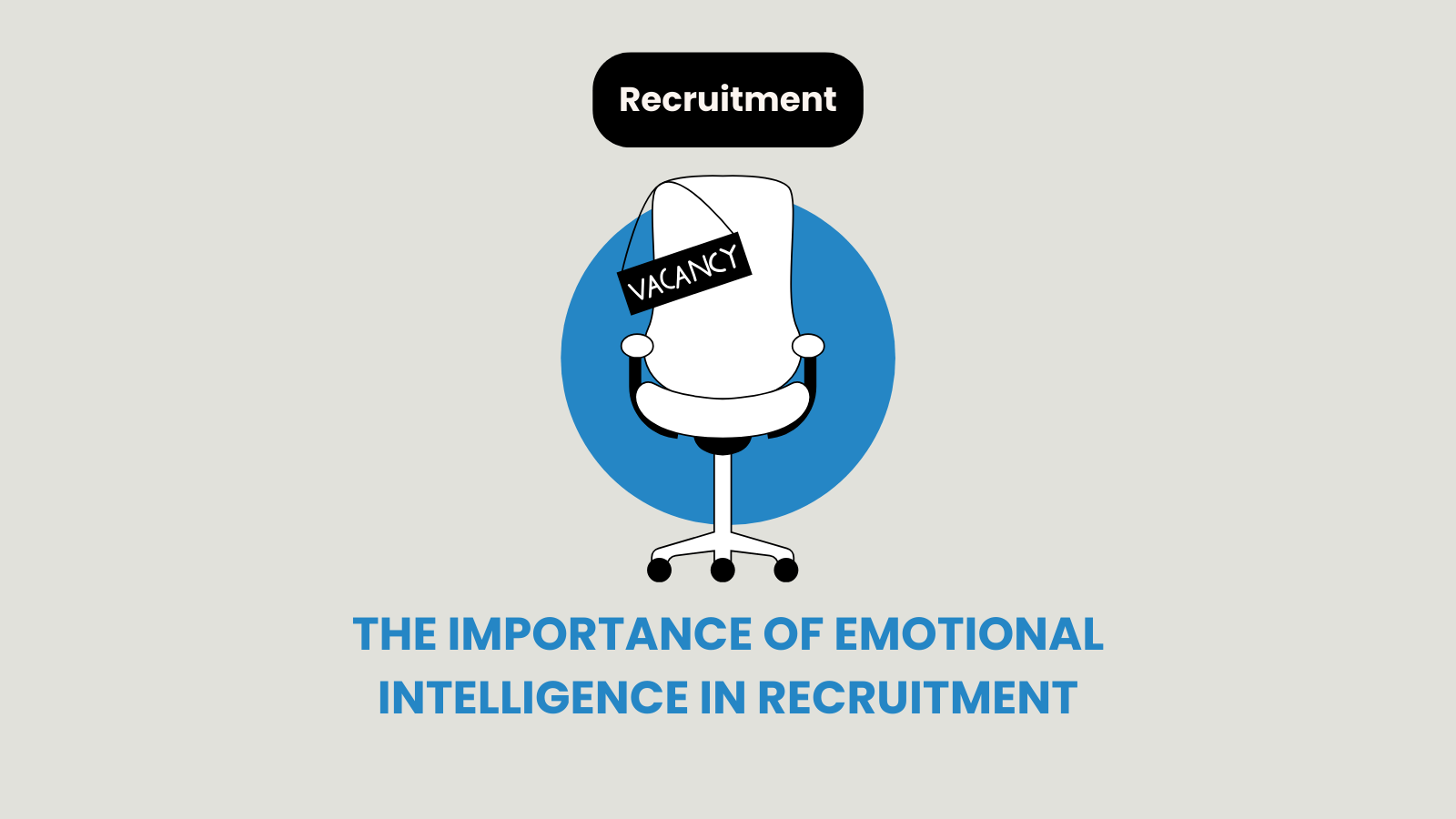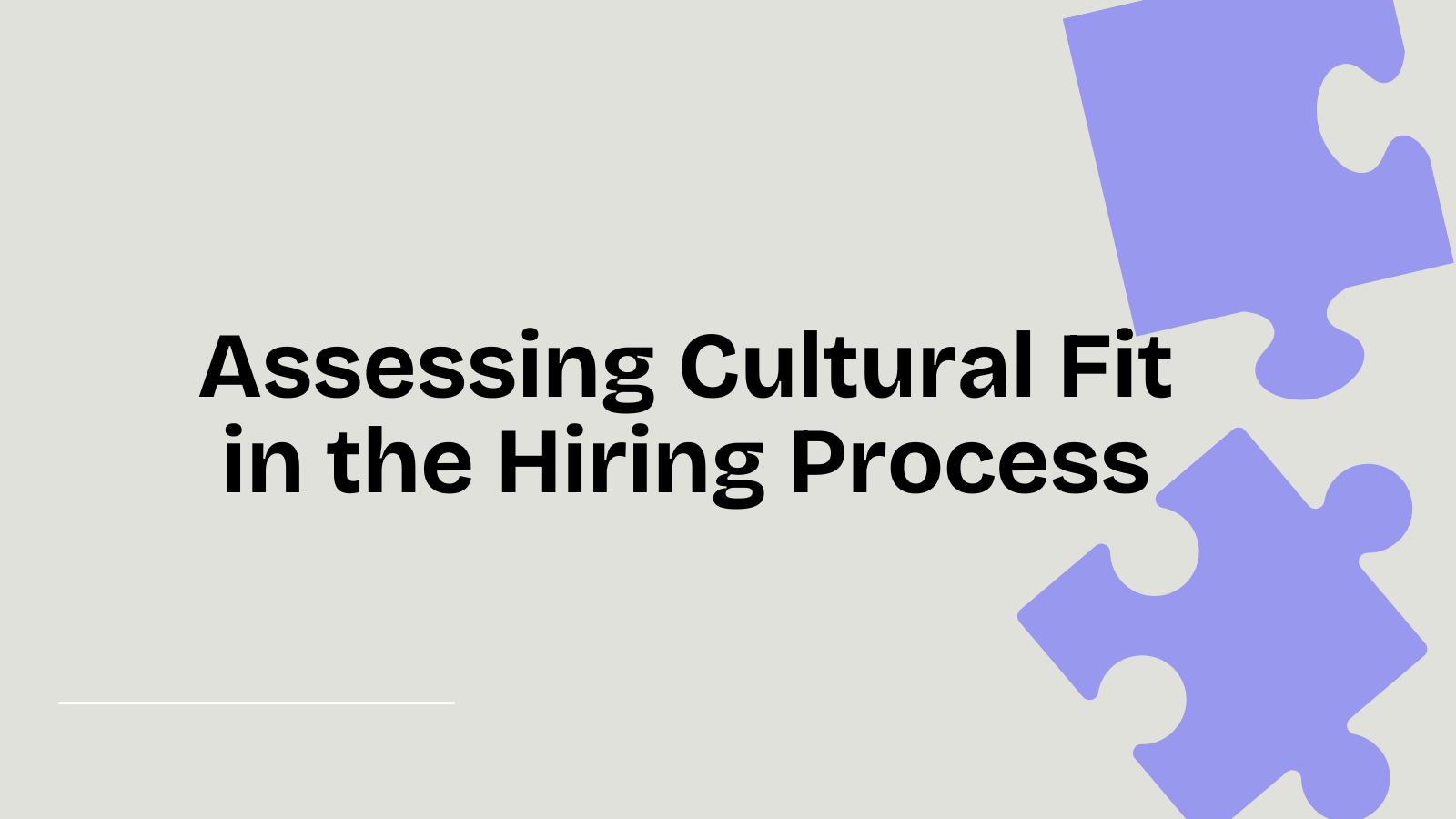How will you measure your recruiting success unless you track metrics? Quality of hire may be the main metric you have to track, but if you want to get the full picture of how you and your team are doing though, you have to track other key recruitment sourcing metrics.
Yes, there are a number of recruiting metrics online, and if you follow all of them, you won’t have time for other important things. That’s why we made this list of key recruitment metrics that will help you improve the hiring process. All the data you have in your hands can be valuable, so don’t miss the opportunity to collect this information.
All these metrics are linked together so they can give you valuable insights into every single part of your recruitment funnel.
1. Sourcing stats: Which channel gives you the best candidates?
Every top recruiter needs to know the answer to the question where do the best candidates come from. You may need a few months to answer this question, but after tracking this data, you should have a very clear idea of where to find A-level candidates for different roles. Nowadays, you have plenty of choices when it comes to sourcing channels – job boards, employee referrals, social media, etc.
Nevertheless, you have to measure their effectiveness in order to save yourself time and money. For example, you can do it by using a combination of Google Analytics and UTM parameters. It doesn’t matter what kind of system you use, as long as you track it.
2. Time to hire: From the “first contacted” stage to “hired”
This metric will help you track the speed of your pipeline and show you how much time do you spend between the moment a candidate is approached and the moment the candidate accepts the job. Time to hire will give you insight into how efficient and effective your team is at this side of the process.
Most organizations have a hire slow, fire fast policy in order to skip mistakes. However, that’s not the best approach because the top 10% of talent tends to be off the market in 10 days. So, find out where the blockages are in your hiring funnel and try to hire faster without mistakes.
3. Quality of hire: Evaluation of recruiting quality
Known as the Golden Metric, QoH will give you an indicator of the first-year performance of a candidate. Why is this metric so important? Well, a single bad hire can cost companies a lot, and they will spend a lot of time trying to work with the wrong person. This is a bit difficult metric because it has a long-term horizon, and you can only measure it many months after you’ve made a hire.
Quality is often vague and subjective metric. You will have to use a number of other metrics such as new hire performance, turnover and retention, and hiring manager satisfaction ratings in order to make an evaluation. There are a number of formulas that you can use, so choose the one that fits your needs the best.
4. Cost per hire: Resources for hiring campaign
How much does each new hire cost? You have to know this in order to allocate the recruiting budget. Just like time to hire, the cost per hire metric will also give you an insight into the (in) efficiency of your recruitment process, but there are a number of things you need to account for here: advertising costs, recruiter fees, managers time spent interviewing, candidate expense, LinkedIn and other social media accounts, new hire training costs, etc. Keep the cost information together in one place and you will be able to create the precise recruiting budget.
5. Candidate experience: Ask for feedback
Candidate experience starts when they first have contact with your brand. You have to be careful when choosing IT recruiting agency because the sourcer that engage new candidates represents your organization. This person is the only real window into your company for a candidate. Make sure that a recruiter sends personalized messages, do research on each candidate, and follows your strategy. However, the idea of candidate experience is often pretty intangible, so you have to ask them for feedback.
- Surveys: Use Typeform or SurveyMonkey in order to make quick questionnaires. Don’t send these questions just at the end of the recruiting process because you can get a lot of interesting insights from candidates who are midway through.
- Feedback collection: You can use Beamery Surveys to get feedback for every email that you send. Candidates leaving their thoughts with the click of a button can be really useful.
6. Offer acceptance rate: Compensation as a typical problem
So, you did everything well. Your applicants made it all the way to the end of your recruitment funnel, but for some reason, they didn’t accept your job offer afterward. The offer acceptance rate metric shows you the percentage of candidates who accepted your formal job offer. So, if the candidates keep rejecting the offer, you have a real problem. This can mean that candidates got a better offer somewhere else, or they didn’t like your company culture, but usually, it’s about the salary. If you want to skip the money problem, you can discuss the salary earlier in the recruiting process in order to minimize the impact of a refused job offer. However, you can suggest other benefits for candidates besides the salary such as gym pass, work from home option, extra holidays or free lunch. Be creative!
7. Early turnover rate: Bad onboarding or high expectation
This is a really valuable metric that can indicate problems with the onboarding process or candidate choice. Early turnover rate counts the percentage of people that left the company voluntarily within a year after they started. If an early turnover rate is high, it usually means that there’s either a mismatch between the candidates and your company culture or between the candidates and their expectations of the job. If you don’t see the problem during the hiring process, you can fix it during the onboarding! So, use these tips for the onboarding process, and both new employee and company stuff will be satisfied.
You can’t improve what you don’t measure
Every time you feel bored collecting this data, remember the sentence from the heading. Use the advantages of technology and collect this valuable information to make things right for everyone – candidates, managers, employees, your team and yourself. You will need to wait for results, but these metrics will help you work faster and smarter. Once you have numbers in front of you, you will be able to make changes that will lead you to success.



